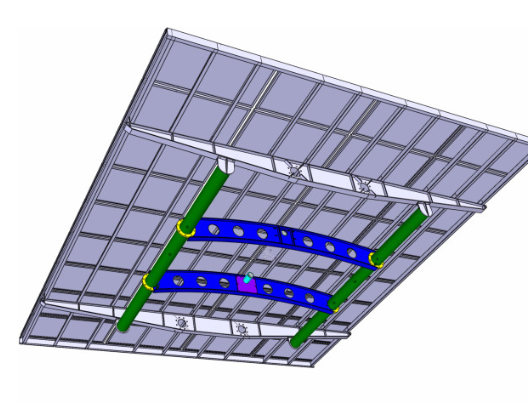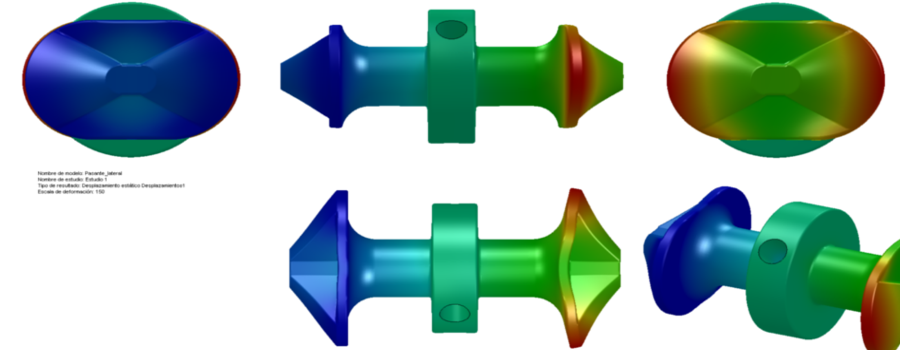The use of computer environments in the mechanical engineering field has grown significantly in recent decades. Most companies in the industry are aware of the benefits of computer-aided design (CAD) and engineering (CAE) systems. The traditional tasks associated with the design of machine elements, structures and manufacturing processes might prove very straight forward. The biggest benefit is obtained when interdisciplinary teams share models in order to designers, analysts and suppliers can evaluate several alternatives, understand design decisions and collaborate to achieve the requirements of functionality, quality and cost. This interaction requires agreed management systems, cross-platform environments and local and cloud computing and storage capabilities to take full advantage of its potential.

Nowadays simulation environments offer new capabilities to solve more complex problems. The major advantage of finite element analysis techniques is that it can handle coupled equations describing Multiphysics problems of interest to production companies. The traditional calculations to determine trajectories, tensions and deflections in mechanical structures, mechanisms and assemblies are now added abilities interaction with the surrounding fluids, allowing to address problems of combustion in biomass boilers, of undermining in piles of viaducts or vortex induced vibrations in slender structures.
The efficient use of these tools allows companies to accelerate the innovation, evaluating in a short period of time different alternatives of design, making experiments about prototypes, knowing the real performance of the process or product, updating the virtual model and simulating it against not tested conditions and proceed to optimization before it goes to market. However, some companies are not able to assimilate the full potential of their software investments, because sometimes the simulation remains disconnected from the production line and the methodological cycle discussed above is not completed. Trying to manage with this problem, CARTIF offers technological services of design, simulation, prototyping and testing, ranging from conceptual design to manufacturing and manufacturing supervision, applied to the automotive, renewable energy, chemical, agricultural, building, infrastructures and industrial machinery sectors.
- What could mechanical simulation do for companies? - 26 April 2017
- Product reverse engineering applied to structural dynamics - 4 February 2016
